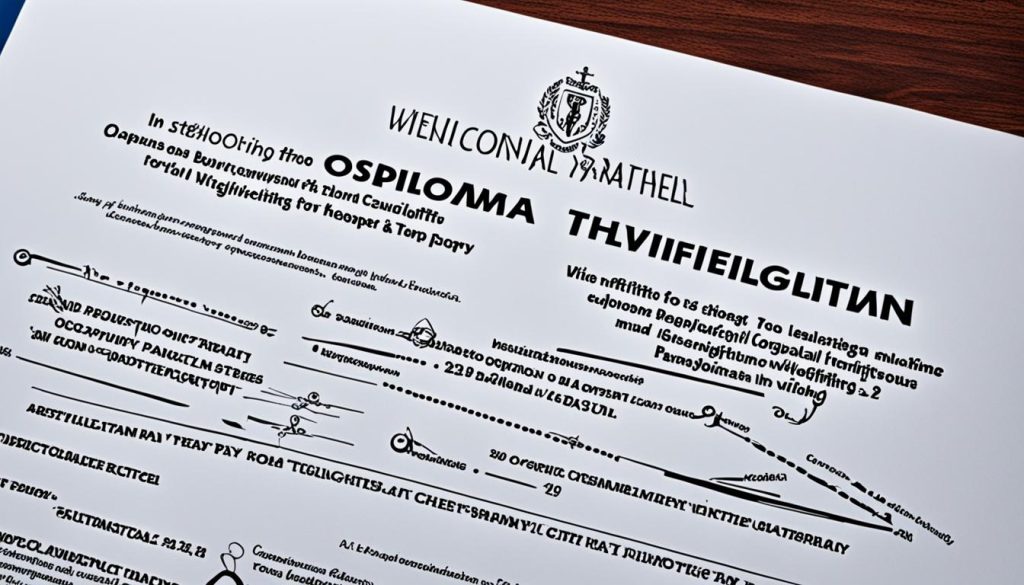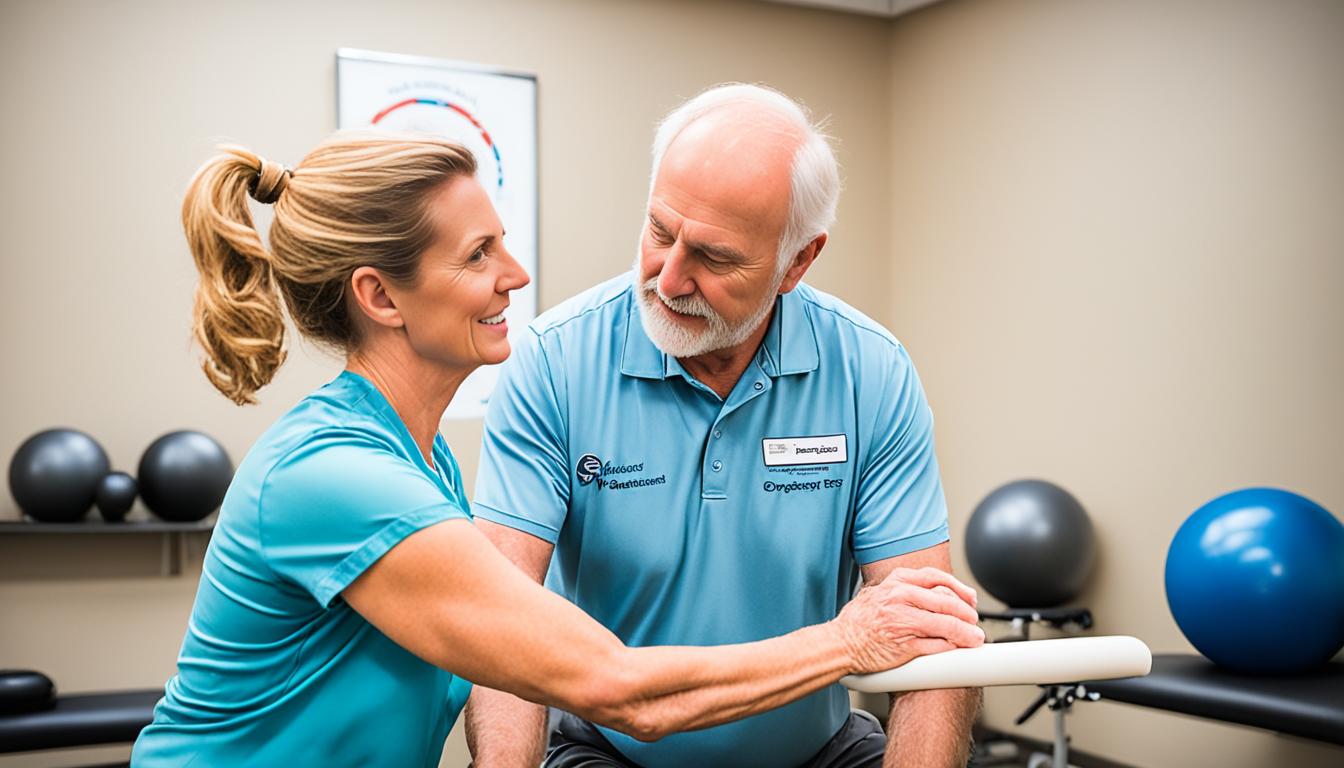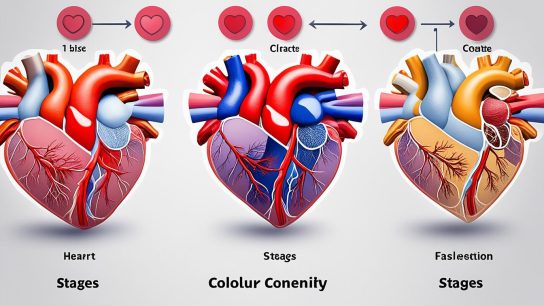Are you confused about the difference between occupational therapy and physical therapy? In this article, we will explore the variances between these two rehabilitation disciplines and help you understand which one may be right for you.
Occupational therapy (OT) and physical therapy (PT) both play vital roles in helping patients recover and regain their abilities. However, they have distinct focuses and methods.
Occupational therapy primarily targets patients recovering from a range of physical, mental, developmental, and emotional issues that impact their ability to perform daily activities. Occupational therapists specialize in developing or restoring skills such as fine motor control, hand-eye coordination, and emotional management.
On the other hand, physical therapy concentrates on treating patients with injuries or illnesses that affect their body movements. Physical therapists aim to enhance mobility, reduce pain, and improve overall physical function through exercises and hands-on care.
While both therapies share rehabilitation goals, OT emphasizes daily living activities and independence, while PT concentrates on physical rehabilitation and mobility.
Stay tuned for the next sections, where we will delve deeper into occupational therapy and physical therapy, their benefits, educational requirements, salary prospects, and job demand. By the end of this article, you will have a clear understanding of the similarities and differences between these two rewarding professions.
What is the Difference Between Occupational Therapy and Physical Therapy
Occupational Therapy Explained
Occupational therapy (OT) is a specialized form of therapy that focuses on working with individuals recovering from various conditions to enhance their ability to perform daily tasks and improve their overall quality of life. Occupational therapy is designed to address a wide range of conditions, including birth injuries, sensory processing disorders, traumatic brain or spinal cord injuries, autism and other developmental disorders, and mental or behavioral health problems.
The primary goal of occupational therapy is to empower patients to regain their independence and participate fully in their daily activities. Occupational therapists work closely with their patients to develop and improve fine motor skills, hand-eye coordination, and emotional regulation. They assist individuals in learning or relearning essential activities such as eating, bathing, dressing, and using tools. By targeting these skills, occupational therapy aims to facilitate the patient’s adaptability and functionality in their personal, social, and professional environments.
Occupational therapy can make a significant impact on a person’s life, helping them achieve greater autonomy and confidence in their abilities. Through assessment, intervention, and ongoing monitoring, occupational therapists provide individualized treatment plans designed to meet each patient’s specific needs. They incorporate various therapeutic techniques and approaches to address the unique challenges presented by different conditions.
Occupational therapy is essential for individuals of all ages, from infants with developmental delays to adults recovering from injuries or managing chronic conditions. By focusing on the development and restoration of essential skills, occupational therapists play a crucial role in promoting independence, enhancing quality of life, and facilitating successful reintegration into society.
Benefits of Occupational Therapy
- Improved fine motor skills
- Enhanced hand-eye coordination
- Development of emotional regulation
- Increased independence in daily tasks
- Improved adaptability and functionality
- Enhanced quality of life
- Promotion of successful reintegration
Occupational therapy holds significant potential for individuals facing a variety of challenges, empowering them to overcome obstacles and thrive in their daily lives.

| Condition | Occupational Therapy Strategies |
|---|---|
| Birth injuries | Developing motor skills, addressing sensory issues, facilitating early intervention |
| Sensory processing disorders | Implementing sensory integration techniques, environmental modifications, and individualized sensory diets |
| Traumatic brain or spinal cord injuries | Addressing physical, cognitive, and emotional challenges through rehabilitation and adaptive strategies |
| Autism and other developmental disorders | Providing intervention to promote social skills, communication, and functional independence |
| Mental or behavioral health problems | Supporting individuals in managing emotions, developing coping strategies, and enhancing daily functioning |
Overall, occupational therapy offers a holistic approach to care, focusing on improving the essential skills necessary to engage in meaningful activities and live life to the fullest.
Physical Therapy Explained
Physical therapy is a specialized form of treatment that focuses on helping patients recover from injuries or illnesses that result in pain, muscle weakness, or decreased range of motion. It is a holistic approach that aims to improve mobility, reduce pain, and enhance gross motor skills through a variety of techniques.
Physical therapists work with a diverse range of patients, including those recovering from fractures, sprained joints, musculoskeletal conditions, cardiopulmonary conditions, sports injuries, and women’s health concerns. Whether it’s a professional athlete rehabilitating from a sports injury or someone seeking relief from chronic pain, physical therapy is tailored to meet each patient’s unique needs.
The primary goal of physical therapy is to optimize a patient’s physical function and overall well-being. This is achieved through targeted exercises, therapeutic modalities, manual therapy, and patient education. Physical therapy can be highly beneficial in preventing further injuries and helping patients avoid surgery or long-term reliance on medications.
One of the key aspects of physical therapy is pain management. Physical therapists use various techniques such as heat and cold therapy, electrical stimulation, and massage to alleviate pain and discomfort. These interventions, combined with therapeutic exercises, promote healing, improve flexibility, and restore range of motion.
Physical therapy also plays an essential role in women’s health. Women may seek physical therapy for various conditions such as pelvic floor dysfunction, pregnancy-related musculoskeletal pain, or postpartum recovery. Physical therapists trained in women’s health can provide targeted exercises, manual therapy, and education to address these specific concerns.
Overall, physical therapy is an integral part of the healthcare system that helps individuals regain their physical potential and live their lives to the fullest. By improving mobility, reducing pain, and enhancing range of motion, physical therapy empowers patients to overcome physical limitations and achieve optimal well-being.

Salary and Job Demand
When considering a career in healthcare, it’s essential to understand the salary potential and job demand for different professions. This section explores the salary figures and job outlook for occupational therapists (OT) and physical therapists (PT), two rewarding and in-demand professions in the field.
Occupational Therapy Salary
According to the United States Bureau of Labor Statistics (BLS), the average annual salary for occupational therapists is $84,270. It’s important to note that specific factors such as experience, location, and work setting can influence occupational therapy salaries.
Occupational therapists working in nursing homes, home healthcare services, and independent/private practices tend to have higher salaries. These settings often require specialized skills and offer competitive pay rates.
The BLS projects a significant 24% increase in job demand for occupational therapists from 2016 to 2026. This growth is driven by various factors, including an aging population, increased awareness of occupational therapy benefits, and advancements in medical technology that allow for improved patient outcomes.
Physical Therapy Salary
Physical therapists also enjoy favorable salary prospects. According to the BLS, the average annual salary for physical therapists is $87,930. As with occupational therapy, salaries can vary depending on factors such as experience, location, and work setting.
Physical therapists who work in nursing homes and home healthcare services often earn higher salaries compared to those in other sectors. These settings typically involve caring for patients with more complex conditions and require advanced skills.
The BLS anticipates a steady 28% increase in job demand for physical therapists from 2016 to 2026. This growth can be attributed to factors such as the aging population, an increased emphasis on preventive care, and a rising awareness of the importance of physical therapy in the recovery process.

As the healthcare industry continues to evolve, the demand for both occupational therapists and physical therapists remains strong. Both professions offer attractive salary potential and excellent job prospects, making them appealing options for individuals looking to make a meaningful impact on patients’ lives.
Educational Requirements
To pursue a career in occupational therapy or physical therapy, specific educational requirements must be met. These requirements ensure that therapists possess the necessary knowledge and skills to provide effective care to their patients. Let’s delve into the educational pathways for both occupational therapy and physical therapy.
Occupational Therapy Educational Requirements
If you aspire to become a licensed occupational therapist, you must fulfill the educational criteria set by your state. The primary requirement is graduating from an accredited occupational therapy master’s degree program. This program provides in-depth training and specialized knowledge in the field.
Undergraduate students who are interested in pursuing a career in occupational therapy can opt for a pre-occupational therapy program. This program helps students prepare for the rigor of graduate studies by providing foundational coursework in areas such as biology, psychology, and anatomy.
Additionally, aspiring occupational therapists must pass the national exam administered by the National Board for Certification in Occupational Therapy (NBCOT). This exam tests the therapist’s competency in various areas of occupational therapy practice.
Physical Therapy Educational Requirements
For those interested in a career in physical therapy, the educational requirements differ slightly. Aspiring physical therapists must complete a Doctor of Physical Therapy (DPT) degree, which typically takes three years to complete. This doctoral program provides extensive training in the assessment, diagnosis, and treatment of various physical conditions.
Most DPT programs require applicants to hold a bachelor’s degree in a related field such as biology, exercise science, or kinesiology. It is essential to check the specific prerequisites of the DPT programs you are interested in, as requirements may vary.
Similar to occupational therapists, physical therapists must also obtain licensure in the state where they intend to practice. This involves passing a licensing exam that assesses their knowledge and skills in physical therapy.
Comparison Chart: Occupational Therapy vs. Physical Therapy Educational Requirements
Here is a side-by-side comparison of the educational requirements for occupational therapy and physical therapy:
| Occupational Therapy | Physical Therapy |
|---|---|
| Graduate from an accredited occupational therapy master’s degree program | Complete a Doctor of Physical Therapy (DPT) degree |
| Pass the national exam administered by the NBCOT | Obtain licensure in the state of practice |
| Undergraduate students can pursue a pre-occupational therapy program | Bachelor’s degree in a related field generally required |

Conclusion
In conclusion, occupational therapy (OT) and physical therapy (PT) both play vital roles in improving patients’ quality of life. However, they have distinct differences in their focus and goals.
OT primarily concentrates on daily activities and overall patient independence. Occupational therapists help individuals develop the skills needed for tasks such as fine motor control, hand-eye coordination, and emotional regulation. Their ultimate aim is to empower patients to perform daily tasks and enhance their ability to engage in meaningful activities.
On the other hand, PT focuses on physical rehabilitation and mobility. Physical therapists assist patients in recovering from injuries or illnesses that affect their body movements. Through exercises and hands-on care, PT aims to improve mobility, reduce pain, and increase strength. The focus is on improving overall physical function and enabling patients to regain their ability to move and engage in activities.
When deciding which therapy is right for you, it is essential to consider your personal and professional goals, as well as the type of patients you wish to work with. Both OT and PT offer rewarding careers with growing job demand. Whether you choose to pursue occupational therapy or physical therapy, the core objective remains the same – helping patients regain and enhance their abilities to lead fulfilling lives.




